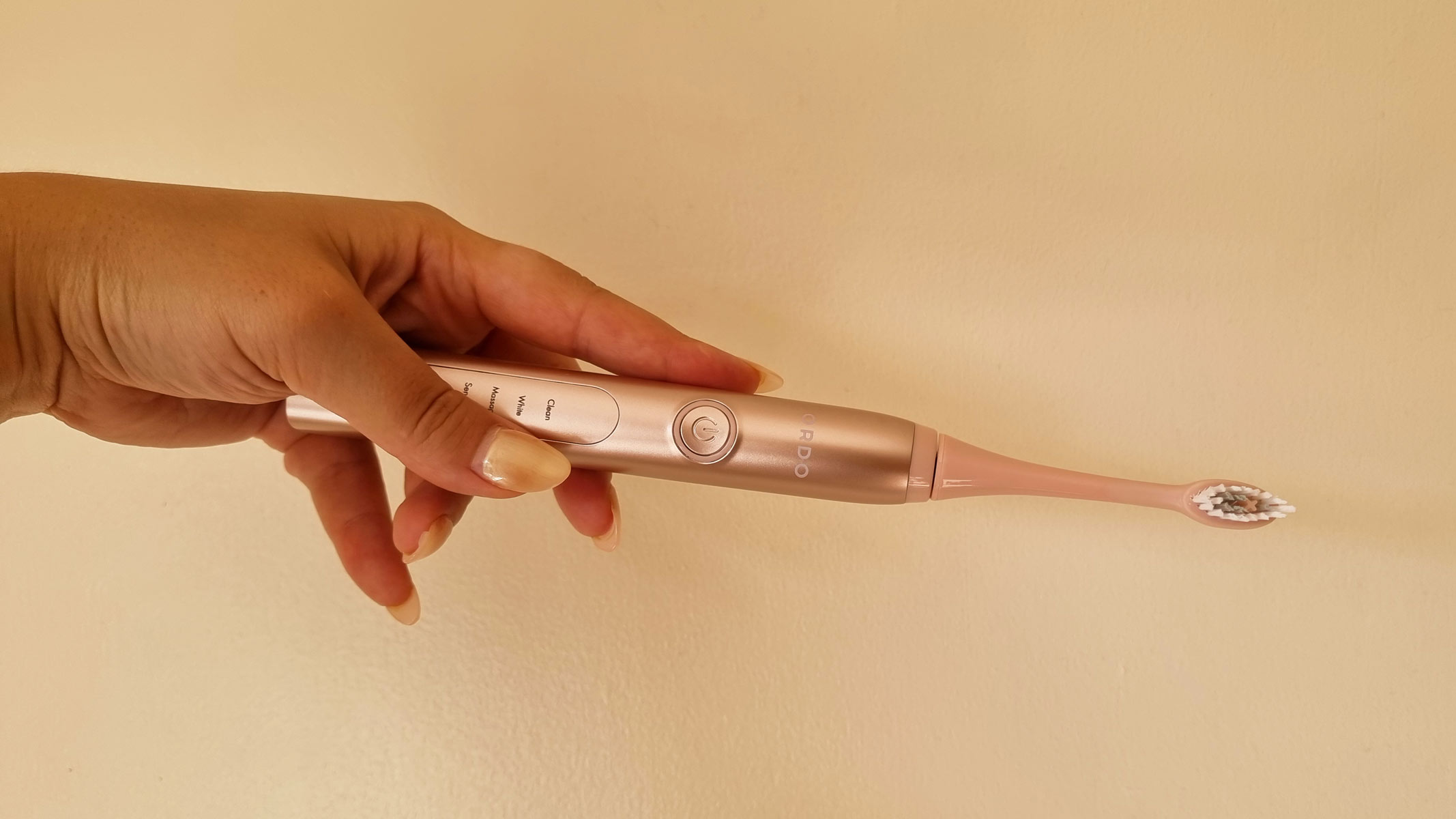Biosensors, Vol. 13, Pages 936: Ruthenium-Anchored Carbon Sphere-Customized Sensor for the Selective Amperometric Detection of Melatonin
Biosensors doi: 10.3390/bios13100936
Authors: Sivaguru Jayaraman Thenmozhi Rajarathinam Hyeon-Geun Jang Dinakaran Thirumalai Jaewon Lee Hyun-Jong Paik Seung-Cheol Chang
Melatonin (MT), a pineal gland hormone, regulates the sleep/wake cycle and is a potential biomarker for neurodegenerative disorders, depression, hypertension, and several cancers, including prostate cancer and hepatocarcinoma. The amperometric detection of MT was achieved using a sensor customized with ruthenium-incorporated carbon spheres (Ru–CS), possessing C- and O-rich catalytically active Ru surfaces. The non-covalent interactions and ion–molecule adducts between Ru and CS favor the formation of heterojunctions at the sensor–analyte interface, thus accelerating the reactions towards MT. The Ru–CS/Screen-printed carbon electrode (SPCE) sensor demonstrated the outstanding electrocatalytic oxidation of MT owing to its high surface area and heterogeneous rate constants and afforded a lower detection limit (0.27 μM), high sensitivity (0.85 μA μM −1 cm−2), and excellent selectivity for MT with the co-existence of crucial neurotransmitters, including norepinephrine, epinephrine, dopamine, and serotonin. High concentrations of active biomolecules, such as ascorbic acid and tyrosine, did not interfere with MT detection. The practical feasibility of the sensor for MT detection in pharmaceutical samples was demonstrated, comparable to the data provided on the product labels. The developed amperometric sensor is highly suitable for the quality control of medicines because of its low cost, simplicity, small sample size, speed of analysis, and potential for automation.

 1 year ago
29
1 year ago
29


